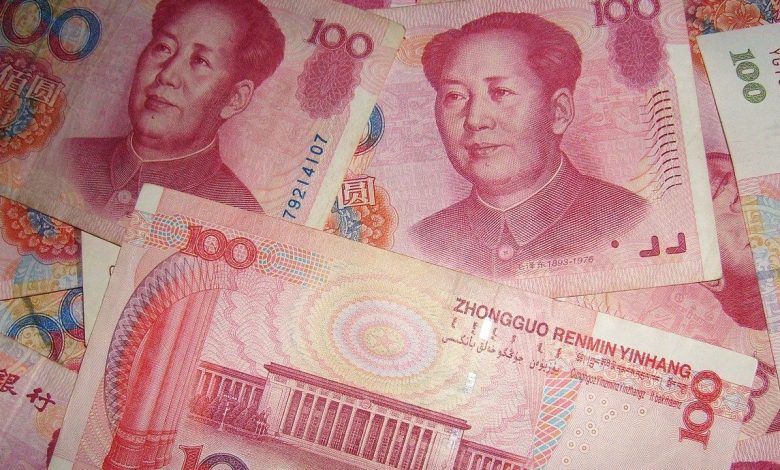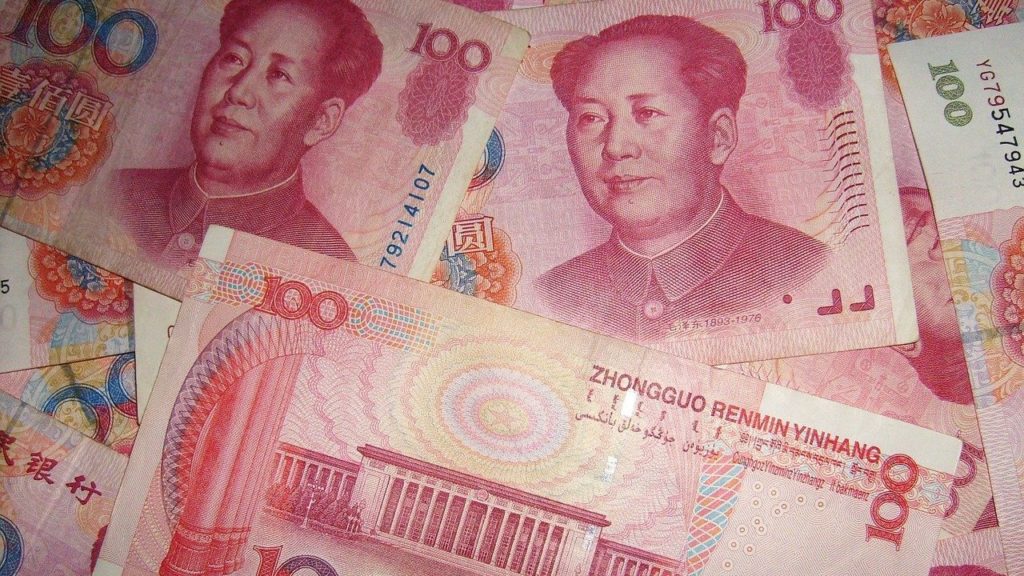Is the Chinese Yuan Beginning to Chip Away at Dollar Dominance?

China appears to be chipping away at dollar dominance.
While there is no indication that the dollar is in imminent danger of toppling from its perch as the global reserve currency, more central banks are warming up to the yuan.
According to UBS Asset Management’s annual reserve manager survey, about 85% of central banks said they are invested in or are considering investing in the Chinese yuan. That’s up from 81% a year earlier.
USB surveyed 30 top central banks.
On average, central bank foreign exchange managers plan to hold about 5.8% of reserves in yuan within the next 10 years. That would represent a sharp increase from the 2.9% level of global reserve yuan holdings reported by the International Monetary Fund in late June.
Meanwhile, the average share of US dollar holdings dropped to 63% as of June 2022, according to the survey. That was down from 69% in the previous year.
According to Business Insider, the response to the invasion of Ukraine “has increased talk about a ‘multipolar’ world, in which the US is no longer the overwhelmingly dominant force.
There is some speculation that the weaponization of the dollar to punish Russia for the invasion of Ukraine has motivated some countries to diversify away from the dollar. Less exposure to the greenback means less exposure to diplomatic and economic pressure from Washington DC.
Declining confidence in the dollar started long before recent events in Ukraine. The Federal Reserve printed trillions of dollars out of thin air in response to COVID-19. This devalued the dollar as evidenced by the surge in prices over the last year. This was the predictable result of creating money out of thin air and handing it out to spend. More money chasing the same amount (or with governments shutting down economies fewer) goods and services will always lead to a general rise in prices.
The only reason the US can get away with this policy to the extent that it does is its role as the world reserve currency. There is a built-in global demand for dollars that helps absorb the money printing. But what happens if that demand drops? What happens if China and other countries decide they don’t want to hold a currency that is losing value every day?
After Russia invaded Ukraine, the US cut some Russian banks, including the central bank, off from the SWIFT payment system.
SWIFT stands for the Society for Worldwide Interbank Financial Telecommunication. The system enables financial institutions to send and receive information about financial transactions in a secure, standardized environment. Since the dollar serves as the world reserve currency, SWIFT facilitates the international dollar system.
SWIFT and dollar dominance gives the US a great deal of leverage over other countries.
And the US went a step further. In an unprecedented move, the Federal Reserve froze Russia’s dollar reserves. In effect, Russia’s dollar assets are valueless to the country. It can’t use them at all.
Even if you think Russia deserves these draconian economic sanctions, it’s important to remember that they could come at a cost.
Recent dollar strength compared to other world currencies suggests that the dollar remains in a strong position. But things could shift quickly. How much more borrowing and printing will the world tolerate before they become wary of holding dollars? And will the US propensity to use the dollar as a foreign policy weapon undermine trust in the greenback?
The world is watching.
Get Peter Schiff’s most important gold headlines once per week – click here – for a free subscription to his exclusive weekly email updates.
Interested in learning how to buy gold and buy silver?
Call 1-888-GOLD-160 and speak with a Precious Metals Specialist today!
Buka akaun dagangan patuh syariah anda di Weltrade.
Source link







